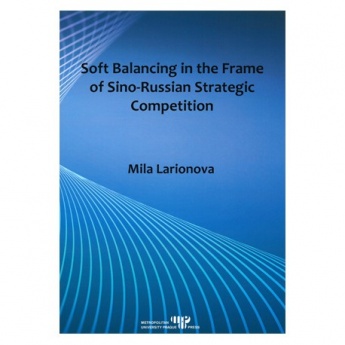Zařazeno v kategoriích: POLITOLOGICKÁ LITERATURA, SPOLEČENSKÁ LITERATURA
Soft balancing in the frame of Sino-Russian strategic competition
Larionova Mila
ISBN
978-80-7638-019-6
EAN
9788076380196
This monograph is a systematic inquiry into the nature and role of soft balancing in the contemporary theory and practice of international relations. This research represents the first academic attempt to measure soft balancing through the creation of composite index and as such empirically show its conceptual difference. By wading into the contentious debate concerning the place and legitimacy of soft balancing, this book explores the theoretical prominence of the concept and adds methodological and empirical content to the study. Thus, the research produces a quantitative corpus-based and thematic analysis of the existing soft balancing literature to demarcate the boundary of the concept. This approach enables the author to enhance conventional theorization and not only identify the main gaps within the existing studies but go beyond the popular post-Cold War era discussion. Ultimately, the study reveals that despite its theoretical and empirical potential, the soft balancing research agenda remains underdeveloped, largely due to the limitation in the empirical content. Precisely, the empirical studies are limited to balance of power rhetoric akin to hard vs. soft and its implications for the United States' hegemonic power.
The second interrelated goal is to dispel the currently popular notion that, following the logic of alignment patterns, China and Russia form a strategic partnership at the geopolitical level and show that the actors express their relationship by soft balancing each other. The assertion put forth in the research is that Sino-Russian relations exhibit the metrics of strategic competitors.
Ostatní s tímto titulem kupují:
-
Položka byla přidána do košíku.
















